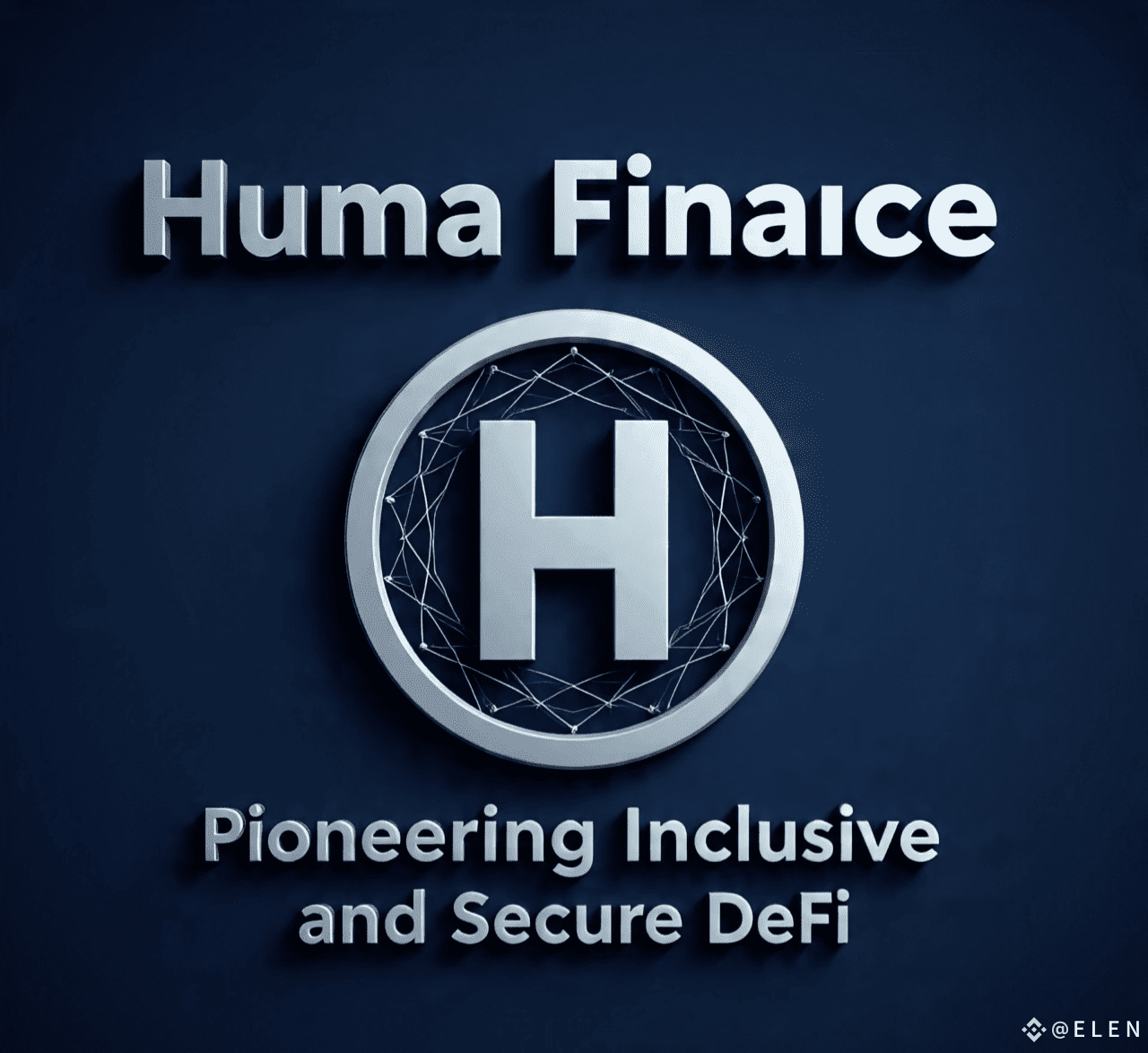
Amid the growing push for financial inclusivity and on-chain asset access, Huma Finance (or “HUMA”) emerges as a dynamic player—bridging global liquidity, Real-World Asset (RWA) tokenization, and robust PayFi infrastructure across multiple blockchains. With a core focus on accessibility, fast settlement, and financial integrity, Huma is crafting a DeFi model that’s both inclusive and resilient.
1. Cross-Border Payments & RWA Tokenization
Huma enables seamless cross-border finance through tokenized RWAs. A key step in its evolution was the merger with Arf, which bolstered Huma’s capacity for facilitating on-chain liquidity and RWA flows. By late 2024, this initiative had supported over $1 billion in cross-border settlements, with a goal of surpassing $3 billion by the year's end.
This PayFi network vision is groundbreaking in its potential to open global markets to underbanked and underserved populations, enabling access to asset-backed financing without traditional barriers.
2. Solana Integration for Speed & Scale
To optimize payment efficiency, Huma deployed its protocol on Solana—leveraging the chain’s rapid finality ($0.0025 per transaction). This expansion underscores Huma’s dual commitment to payment affordability and scalability, making on-chain payment solutions more viable for global businesses.
3. Proven Track Record & Growth Momentum
Huma’s metrics speak volumes:
$38 million raised to boost its PayFi and RWA network.
Remarkable execution with zero defaults on settlements.
A strong throughput performance positioning the project for accelerated growth.
Together, these signals reflect trust-building efforts and operational maturity—critical ingredients for setting a new standard in DeFi infrastructure.
4. Inclusive Design by Intent
Huma targets inclusion via multiple channels:
No KYC public token access: The HUMA token presale on Binance Launchpool allowed users to participate without KYC, lowering entry barriers.
Airdrop rewards for active participation: Early users, contributors, creators, and community supporters were rewarded—fostering an inclusive token distribution model.
Multi-chain accessibility: With deployments anchored on Ethereum, BNB Chain, Base, and Solana, Huma widens access across diverse blockchain communities.
5. Security & Reliability as Foundation
Security isn't an afterthought for Huma—it’s the foundation for expanding access:
Zero defaults on over $2 billion processed is a strong testament to risk management practices.
Multiple network deployments suggest diversification of settlement paths and robustness.
Governance alignment with contributors and long-term holders indicates stability-minded incentives.
6. Why Huma Matters in DeFi
Challenge Huma’s Solution
Global access to financing RWA tokenization + cross-border liquidity
High costs and slow transactions Solana and multi-chain deployments
Fragmented DeFi participation No-KYC access, community incentives
Risk in settlement & lending Proven zero-default history; expanding infrastructure
By creating a platform that combines accessibility, speed, and financial backbone, Huma promotes a DeFi ecosystem that’s inclusive without compromising on stability.
7. Future Potential and Considerations
As Huma scales, expanding awareness in emerging markets could tap deeply unmet demand.
Broader token listings and localized wallets can further accessibility.
Balanced governance between contributors and newer entrants will be vital to maintain both fairness and strategic resilience.
Summary
Huma Finance exemplifies how DeFi can grow beyond speculation into enabling real-world financial inclusion. Through RWA-based liquidity, ultra-fast settlement, community-driven access, and multi-chain reach, Huma is laying the infrastructure for a more inclusive and secure global financial system—one that aligns with the ethos of decentralized finance and democratized opportunity.




